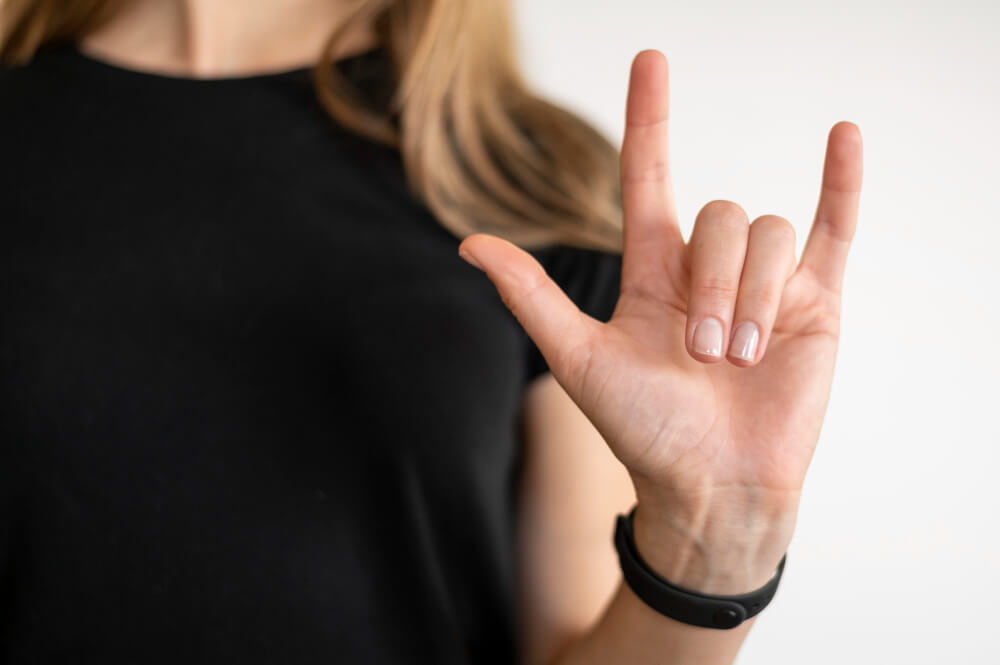Trigger Finger: Understanding the Snaps, Pops, and Solutions
Trigger finger, also known as stenosing tenosynovitis, is a common hand condition that affects the flexor tendons in your fingers and thumb. These tendons allow you to bend your fingers and thumb towards your palm. When trigger finger develops, the tendon sheath, a tunnel surrounding the tendon, becomes inflamed and thickened, restricting the smooth gliding of the tendon. This can cause a popping or snapping sensation, stiffness, and even locking of the affected finger or thumb.
Understanding the Anatomy of Trigger Finger
To understand trigger finger, it’s helpful to familiarize yourself with the key players in your hand:
- Flexor tendons: These long, slender tendons run along the underside of your forearm, through a tunnel in your wrist (carpal tunnel), and into your fingers and thumb. They are responsible for bending your fingers and thumb.
- Tendon sheath: This is a smooth lining surrounding the tendon, allowing it to glide freely within the tunnel.
- Pulley system: A series of pulleys hold the tendons in place and maintain proper tension for smooth finger and thumb movement.
Unveiling the Symptoms of Trigger Finger
The most common symptoms of trigger finger can vary in severity and may include:
- Catching or snapping: You might feel a snapping or popping sensation in your finger or thumb when bending or straightening it. This can be accompanied by a clicking sound.
- Locking: In severe cases, your finger or thumb might become locked in a bent position and be unable to straighten on its own. You may need to use your other hand to manually straighten it, which can be painful.
- Pain and stiffness: You may experience pain and stiffness at the base of your affected finger or thumb, especially in the morning or after prolonged activity.
Tenderness: There might be a tender bump or nodule at the base of your finger or thumb where the tendon sheath is inflamed.
Risk Factors Associated with Trigger Finger
While the exact cause of trigger finger is unknown, several factors can increase your risk, including:
- Repetitive hand use: Activities that involve repetitive gripping, pinching, or forceful grasping, such as typing, playing certain instruments, or manual labor, can put strain on the tendons and increase the risk of inflammation.
- Certain medical conditions: Diabetes, rheumatoid arthritis, and gout can increase your risk of developing trigger finger.
- Age: Trigger finger is more common in people aged 40 and above.
- Previous injury: Having a previous injury to your finger or thumb can also increase your risk.
Diagnosing Trigger Finger: A Straightforward Approach
Diagnosing trigger finger is usually a straightforward process and typically involves a physical examination by your doctor. They will ask you about your symptoms, medical history, and any activities that might be aggravating the condition. During the examination, your doctor will:
- Observe your hand: They will look for any visible swelling or deformity.
- Palpate your fingers and thumb: They will feel for any tenderness or nodules.
- Move your fingers and thumb: They will check for catching, snapping, or locking sensations during movement.
In some cases, your doctor might order additional tests, such as an X-ray or ultrasound, to rule out other possible causes of your symptoms.
Embracing Relief: Exploring Treatment Options for Trigger Finger
The good news is that trigger finger is a treatable condition. The specific treatment approach will depend on the severity of your symptoms and response to different treatment options. Here’s a breakdown of the commonly used methods:
Non-Surgical Treatments:
- Rest: Avoiding activities that aggravate your symptoms is crucial to allow the inflammation to subside.
- Splinting: Wearing a splint at night or for short periods during the day can help immobilize your finger or thumb and prevent further irritation.
- Anti-inflammatory medications: Over-the-counter pain relievers like ibuprofen or naproxen can help reduce pain and inflammation.
- Corticosteroid injections: Injecting a cortisone medication directly into the inflamed tendon sheath is often an effective way to reduce inflammation and improve symptoms.
Surgical Intervention:
If non-surgical treatments fail to provide relief, your doctor might recommend surgery. This is typically an outpatient procedure performed under local anesthesia. The surgeon will make a small incision in the palm and release the thickened portion of the tendon sheath, allowing it to glide freely again.
Rehabilitation and Recovery:**
Following treatment, your doctor might recommend hand therapy exercises to improve range of motion, strengthen the muscles, and prevent stiffness. It’s important to follow your doctor’s instructions diligently to ensure proper healing and recovery.


